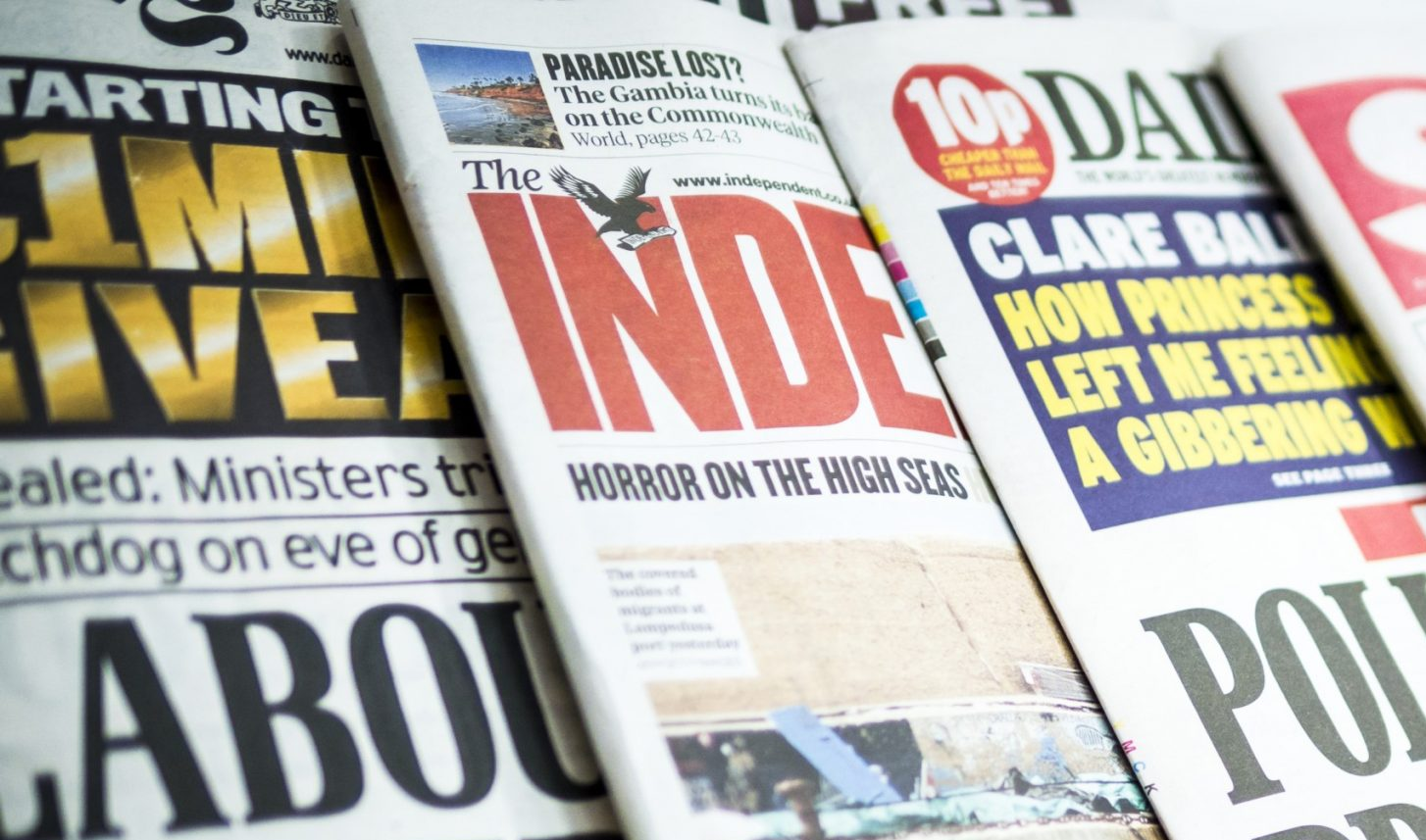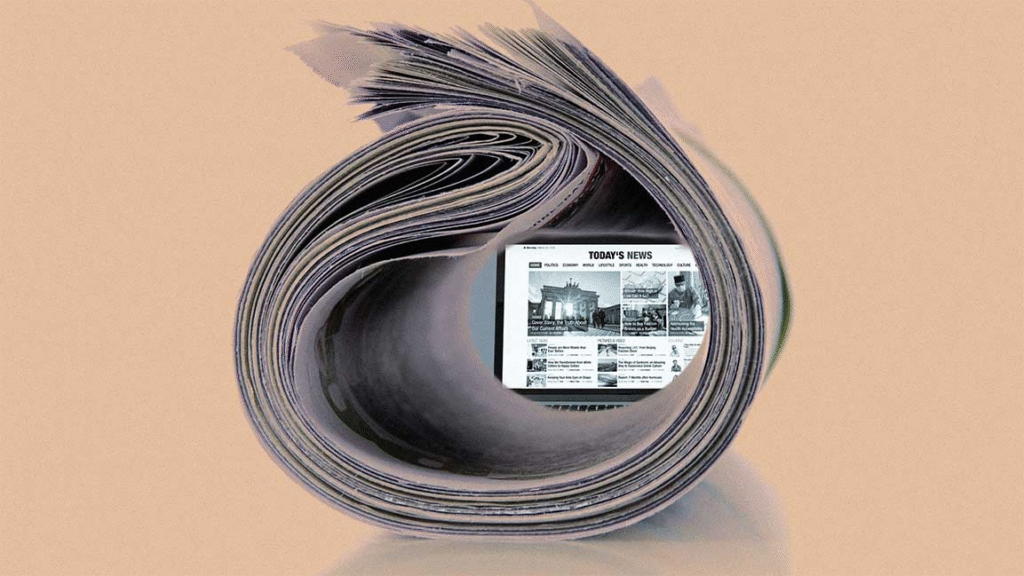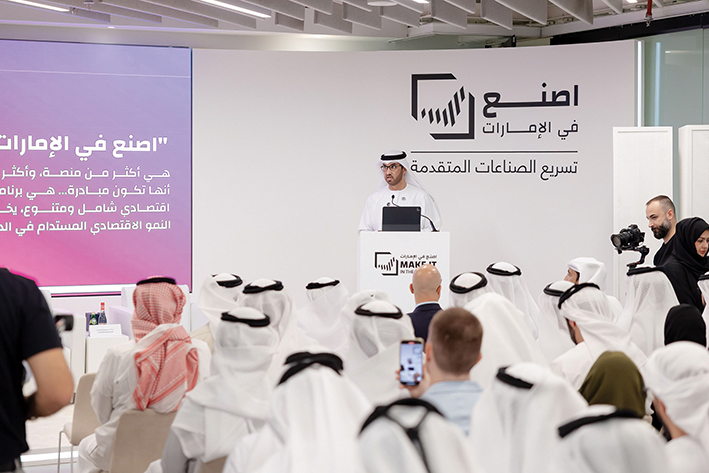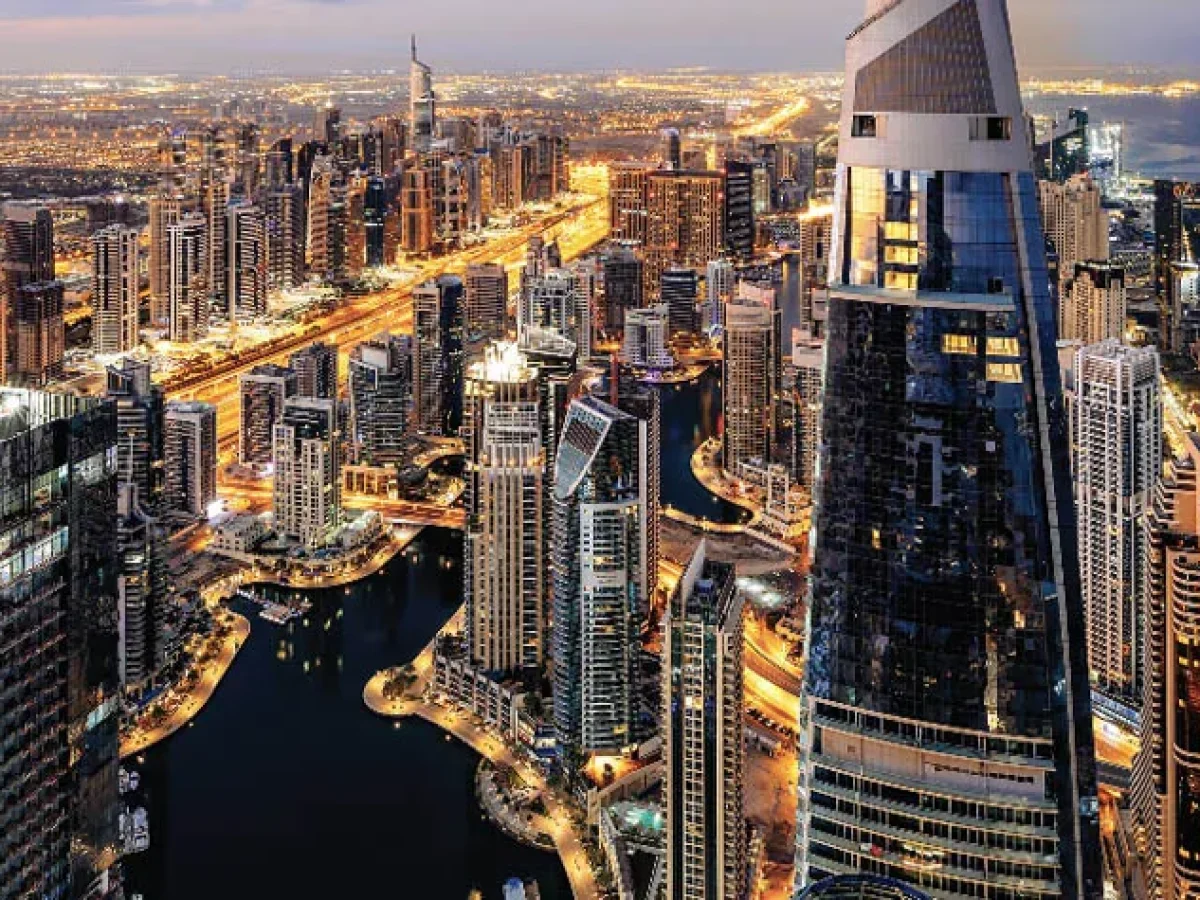Now Reading: Bold Changes Ahead for UAE’s Traditional Newspapers 2025
-
01
Bold Changes Ahead for UAE’s Traditional Newspapers 2025
Bold Changes Ahead for UAE’s Traditional Newspapers 2025

Table of Contents
The future of print media in the UAE press sector is currently a hot topic among industry experts, media houses, and readers. As technology continues to evolve and digital platforms become more popular, many wonder whether newspapers and magazines still have a place in the modern UAE media landscape. Yet, despite the challenges, print is far from dead it is simply changing.
A Shifting Landscape

Over the past decade, the UAE’s media sector has witnessed a rapid transformation. The rise of digital platforms, mobile applications, and social media has altered the way people consume news. Today, readers want instant updates, interactive content, and personalized news. This change has put pressure on traditional print publications to rethink their strategies.
According to a 2024 report by the Arab Media Outlook, print readership in the UAE has decreased steadily over the last five years, with more than 70% of people now preferring to read news online. The same report highlights that young audiences, especially between the ages of 18 and 35, are almost fully dependent on digital sources.
However, the shift towards digital does not necessarily mean the end of print. Many experts believe print media can still survive — but only if it adapts to new demands and expectations.
Innovations in Print Media
One of the ways print publications in the UAE are trying to stay relevant is by embracing technology. Several leading newspapers, such as Gulf News and Khaleej Times, now offer hybrid models. These include digital subscriptions, online editions, and mobile-friendly versions alongside the physical newspaper. Some publications are also integrating QR codes into their printed pages, allowing readers to scan for additional multimedia content like videos, audio, or related articles.
Luxury and niche print publications are another growing trend. Magazines that focus on high-end fashion, lifestyle, travel, and business have found a loyal audience among affluent readers in the UAE. These publications are less affected by the digital shift because their audience values design, quality photography, and the tactile feel of printed material.
Print is also thriving in specific sectors like government publications, educational books, and in-flight magazines. For instance, Emirates and Etihad continue to produce premium print content for their passengers, focusing on quality storytelling and branding.
Government Support and Media Laws
The UAE government plays an active role in supporting its media sector. Initiatives by the National Media Council and other government bodies encourage high standards, innovation, and ethical journalism. While the government strongly supports digital transformation, it also acknowledges the importance of traditional media in promoting national values, culture, and education.
The UAE’s Vision 2031 includes strategies for media growth that blend innovation with heritage. Part of this vision involves protecting the diversity of media channels, including print. Licensing, content regulations, and public investment are all part of this balanced approach.
Environmental Considerations
With sustainability becoming a key priority for the UAE, questions have arisen about the environmental impact of print media. Paper production, ink usage, and physical distribution all contribute to the sector’s carbon footprint. As a result, many newspapers are now using recycled paper and soy-based inks to reduce environmental harm.
Moreover, several UAE print houses have adopted energy-efficient printing processes and have moved towards on-demand printing models. This minimizes waste and aligns with the UAE’s larger sustainability goals, such as the UAE Net Zero 2050 strategic initiative.
Future Challenges
Despite these efforts, challenges remain. Advertising revenue — once the lifeblood of print media — has shifted heavily toward digital platforms like Google, Facebook, and Instagram. This change makes it harder for print publications to maintain profitability.
Distribution logistics also present a problem. With fewer people subscribing to physical newspapers and the rising cost of delivery, maintaining a wide distribution network has become less sustainable.
Another challenge is talent acquisition. Many young journalists and content creators prefer working in digital-first environments. They are more drawn to multimedia journalism, video content, podcasting, and interactive storytelling than traditional reporting formats.
Opportunities Ahead

Still, the future is not all bleak. The UAE’s diverse population and its position as a regional media hub offer unique advantages. Multilingual print publications in Arabic, English, Hindi, and Urdu continue to serve large reader bases. Community newspapers, cultural magazines, and business journals still hold significant influence in niche markets.
Print media in the UAE is also benefiting from partnerships with educational institutions and private sector companies. Collaborations in content creation, journalism training, and research are helping reshape the industry. New media startups are exploring hybrid models that combine high-quality print with engaging digital formats.
Some publishers are even using AI tools to create content more efficiently, automate layout designs, and personalize reader experiences showing how the lines between print and digital are becoming more blurred than ever.
Conclusion
The future of print media in the UAE is one of transformation rather than disappearance. While the rise of digital news is undeniable, print still holds value in specific sectors and communities. By innovating, embracing sustainability, and focusing on quality content, the UAE’s print media can carve out a strong role in the evolving press landscape.
Publishers that are open to change, flexible in their strategies, and willing to invest in new technologies are likely to survive and thrive. In a media environment that increasingly values trust, depth, and credibility, print still has a powerful role to play if it can evolve with the times.
Read More:- Why Smaller Lawns Are Smarter: Save Water and Money Fast 2025






















